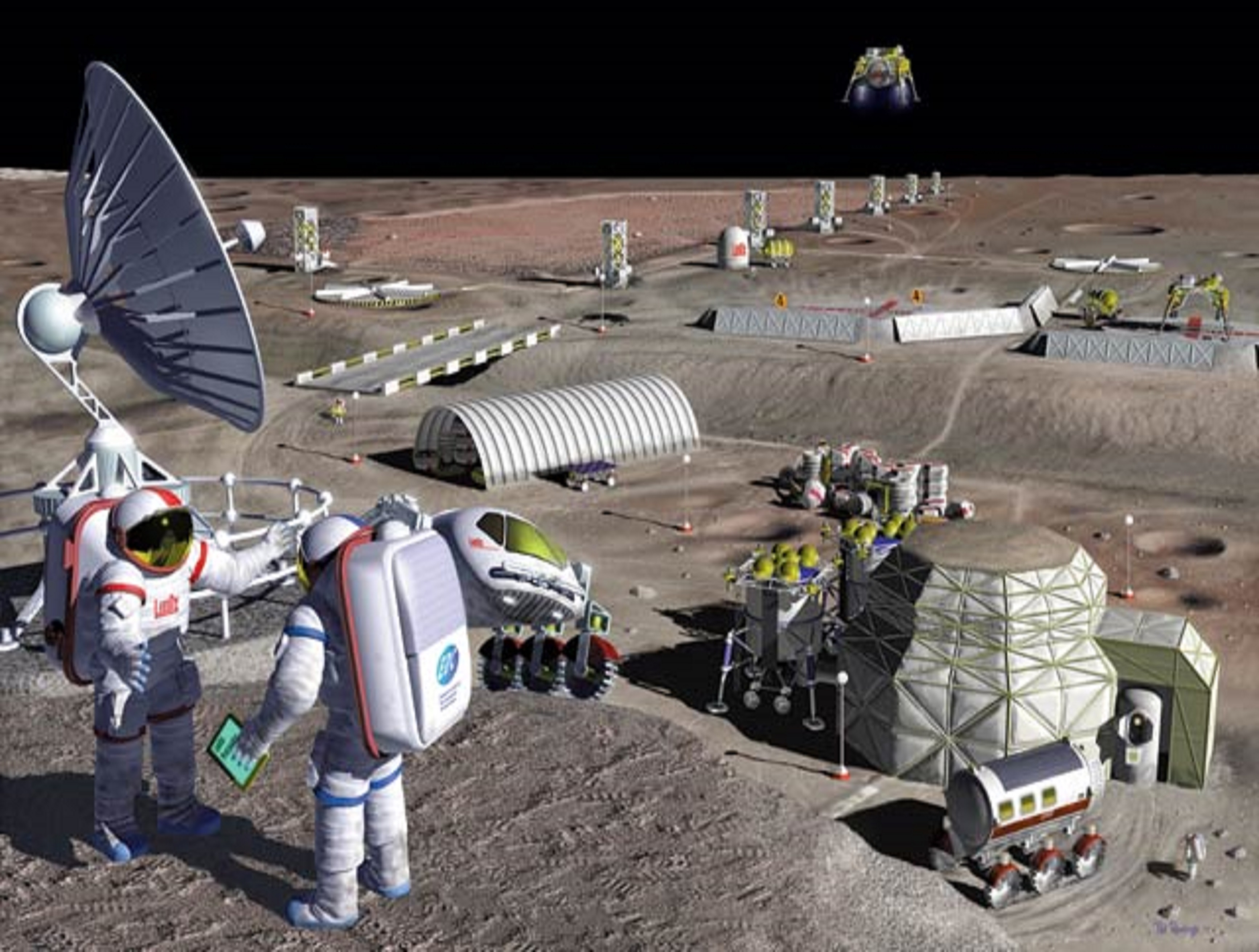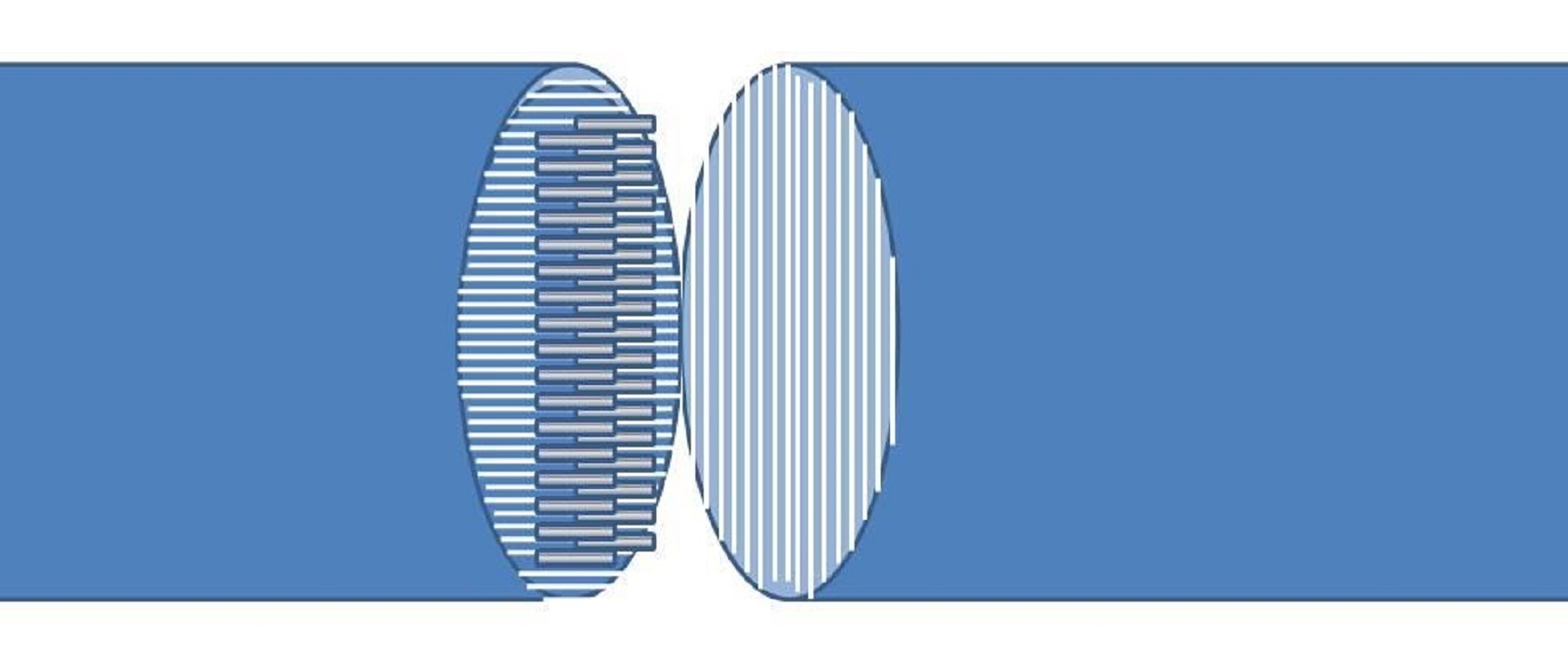Dust Tolerant Quick Disconnect With Self-Sealing Barrier
mechanical and fluid systems
Dust Tolerant Quick Disconnect With Self-Sealing Barrier (KSC-TOPS-64)
Unique Filament Grid Removes Dust During Connector Mating
Overview
NASA Kennedy Space Center seeks partners interested in the commercial application of the Dust Tolerant Quick Disconnect With Self-Sealing Barrier. NASA's Kennedy Space Center (KSC) is offering companies licensing and partnering opportunities for the development and commercialization of this innovative technology. Designed at KSC, this technology is intended for use in dusty environments where dust particles can contaminate connectors resulting in wear on connector surfaces and unreliable connections. The Quick Disconnect (QD) employs columnar arrays of parallel filaments on both sides of a connector to remove dust from the connector surfaces prior to mating.
The Technology
Dusty, dirty environments can be very tough on connectors. The abrasive nature of dust and dirt particles can rub and wear down connector surfaces through friction, and have a negative effect on coatings used on gaskets to seal equipment. Dust on umbilical connections can also make mating and de-mating electrical and fluid connections difficult, hazardous, and unreliable. NASA's Quick Disconnect (QD) design consists of columnar arrays of parallel filaments. All the pins of the electrical connector easily penetrate the barriers when the umbilicals are brought together. They are wiped clean of dust when they penetrate the barrier and mate cleanly and reliably. Likewise, the male end of a fluid connector penetrates the filament arrays of both connector ends. Since the filament arrays are oriented perpendicular to each other, the entire circumference of the connector is contacted by the filaments that stretch around, conform to, and sweep off dust from the mating surface ensuring a clean and secure connection.


Benefits
- Safety - maintaining cleanliness of umbilical connectors helps ensure connections are reliable, complete, and secure.
- Maintainability - extends connector life by reducing wear and tear on connector surfaces and gaskets caused by dust and debris.
- Cost Savings - clean connectors help reduce gas/fluid loss caused by leakage.
Applications
- Oil and Gas Drilling
- Oil and Gas Installation, Repair, and Maintenance
- Commercial Space Applications - Breathing Air - Electrical/Fluid Transfers
Similar Results

Quick Disconnect for High Pressure Mate/De-Mate
Dusty, dirty environments can be very tough on connectors. The abrasive nature of dust and dirt particles can rub and wear down connector surfaces through friction, and have a negative effect on coatings used on gaskets to seal equipment. Dust on umbilical connections can also make mating and de-mating electrical and fluid connections difficult, hazardous, and unreliable. NASA's Quick Disconnect (QD) design uses the gas supplied by the umbilical to spray the connector surfaces prior to mating to remove dust and debris. The QD uses a novel dual-poppet design and springs that balance forces on umbilical components. This allows a controlled release of gas to clear away dust from the end of the connector before it it inserted in the supply umbilical. The connector assembly is capable of mating and de-mating under 3500 psi fluid/gas. One poppet seals the QD while de-mated and automatically cleans the front surface of the QD during mating. A second poppet seals the QD while de-mated and automatically cleans the cylindrical surface of the QD during mating. The internal cavity of the QD is specifically designed such that the pressure in the line is reduced from 3500 psi to 450 psi while surface cleaning occurs. Finally, all exterior connector surfaces are designed to minimize the entrapment of dust while in the de-mated position.

Harsh Environment Protective Housings
These connectors are designed to be used in harsh environments and to withstand rough handling, such as being stepped on or rolled over by wheelbarrows or light vehicles. If the demated connectors are dropped or placed on the ground, the end caps will shield them from damage and contaminants. When mated, the seal between the housings and end caps keeps contaminants out. The end caps are latched to the housings so that the caps cannot be unintentionally opened; this latch can be opened only by depressing the levers. The spring used to open or close the cap is constructed of a shape memory alloy, allowing the cap to be opened and closed an almost infinite number of times. The cap actuation levers are designed so that only a 3/4-inch pull is needed to open the cap a full 190 degrees. The housings can accept most commercial-off-the-shelf electrical or fluid connectors (including those designed for cryogenics), thus eliminating the need for specialized connectors in hostile environments. The housings can also be grounded and scaled up or down to accommodate connectors of different sizes. The housings can be constructed of steel, aluminum, composites, or even plastic, depending on the environment in which they will be used and material cost constraints.

Low Separation Force Quick Disconnect Device
The Low Separation Force Quick Disconnect device uses an innovative seal arrangement and flow path to eliminate separation force from line pressure. A radial design ensures a low separation force regardless of line pressure. Ten holes around the internal seal cancel loads due to balanced pressure; thus, the central force exerted on the device is due to the springs fixed internally. The device also provides for additional optional characteristics including a self-aligning feature from a compliant mount and a self-sealing mechanism that keeps dust out of the device.
The Low Separation Force Quick Disconnect device is designed to transport pneumatics and cryogenic fluid. Due to the low separation force and overall design, the system requires less heavy and high-strength support structures than conventional designs; the design permits lighter retention systems and reduces deflection variations.
Aerospace specific uses of the invention include flight-to-ground, flight-to-flight and surface-system applications. Other uses of the invention include any mechanism in which fluid is being transferred from ground to a vehicle or another system, especially where a high line pressure is used.
Feedthrough for Severe Environments and Temperatures
Space and ground launch support related hardware often operate under extreme pressure, temperature, and corrosive conditions. When dealing with this type of equipment, it is frequently necessary to run wiring, tubes, or fibers through a barrier separating one process from another with one or both operating in extreme environments. Feedthroughs used to route the wiring, tubes, or fibers through these barriers must meet stringent sealing and leak tightness requirements.
This affordable NASA feedthrough meets or exceeds all sealing and leak requirements utilizing easy-to-assemble commercial-off-the-shelf hardware with no special tooling. The feedthrough is a fully reconfigurable design; however, it can also be produced as a permanent device. Thermal cycling and helium mass spectrometer leak testing under extreme conditions of full cryogenic temperatures and high vacuum have proven the sealing capability of this feedthrough with or without potting (epoxy fill) on the ends. Packing material disks used in the construction of the device can be replaced as needed for rebuilding a given feedthrough for another job or a different set of feeds if potting is not used for the original feedthrough build. (Potting on one or both sides of the sleeve provides double or triple leak sealing protection). Variable Compression Ratio (VCR) connectors were adapted for the pressure seal on the feedthrough; however, any commercial connector can be similarly adapted. The design can easily be scaled up to larger (2" diameter) and even very large (12" or more) sizes.

Seal with Integrated Shroud to Protect from Exposure to Extreme Environments
Approximately 50 inches in diameter, Glenn's unique sealing system consists of multiple elements installed in a recessed rectangular sealing groove. The main sealing function is provided by an elastomer element (e.g., silicone) comprising one or more sealing wall(s) connected by a web. The wall(s) extend above the top of the sealing groove so they are compressed by the opposing mating surface during the sealing process. The retractable shroud element is installed between the wall(s), with its base resting atop the web of the sealing element. The shroud is typically composed of an elastomer material to allow for flexibility (which is essential to retraction), but it can also be made from thin metal or plastic materials. When the seal is no longer in use, a pair of V-shaped shroud "arms" extend upward from the base of the seal to cover the wall(s). A thin metal retainer is installed on top of the shroud, and fasteners pass through holes in the retainer, shroud, and sealing elements to secure the system to the base of the sealing groove. Metal washers are installed in these holes to provide a load path between the metal retainer and the surface of the sealing groove. The system can seal against either a flat metal surface or another seal of the same design. This sealing system has been designed to accommodate multiple sealing cycles and has exhibited extremely low leak rates, making it an attractive solution within a variety of industries from aerospace to agriculture.


